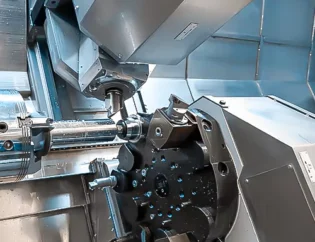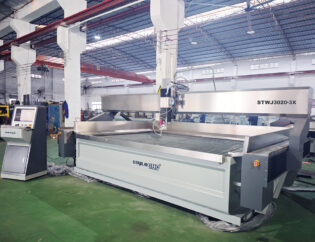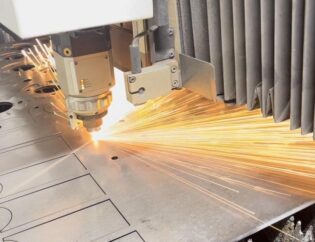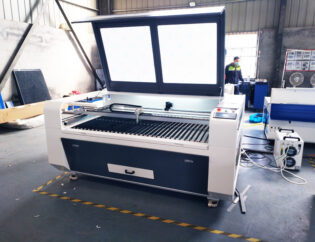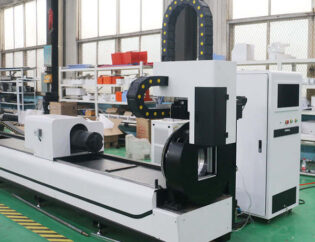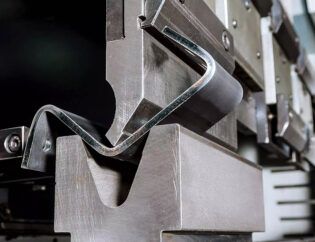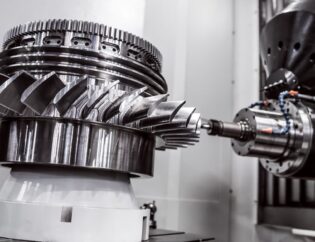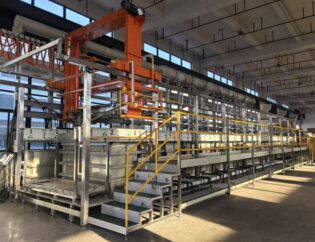Machining finish charts are essential tools in the manufacturing industry, providing critical insights into the surface quality of machined parts. Understanding these charts helps engineers and machinists select the appropriate machining processes and parameters to achieve desired finishes. This guide will delve into the various types of finishes, their applications, and the factors influencing surface quality.
Readers can expect to learn how to interpret machining finish charts effectively, enabling them to make informed decisions in their projects. We will explore the relationship between machining techniques and surface finishes, highlighting best practices for achieving optimal results. Additionally, the guide will cover common challenges and solutions related to surface finishing, equipping readers with practical knowledge to enhance their machining processes.
“`markdown
Machining Surface Finish: A Comprehensive Guide
Introduction
Machining surface finish influences the quality, durability, and performance of manufactured parts and components. For instance, when manufactured products possess smooth surfaces, they resist wear and tear better than finished parts with rougher surfaces because friction levels remain lower. Now depending on the application being manufactured, certain roughness specifications must be met. By better understanding the different machined surface finishes, the varying roughness levels, and how surface finishes impact function, you can ensure the quality and performance of manufactured applications.
Understanding Surface Finish
Surface finish refers to the texture and quality of a surface after machining. It is characterized by three main parameters: surface roughness, waviness, and lay. Each of these parameters plays a crucial role in determining how a product interacts with its environment and performs in its intended application.
Technical Features of Surface Finish
| Feature | Description |
|---|---|
| Surface Roughness | Measures the fine irregularities on the surface, often quantified as Ra. |
| Waviness | Refers to the more widely spaced deviations from the ideal surface. |
| Lay | Indicates the direction of the predominant surface pattern. |
Types of Surface Finishes
| Type | Description |
|---|---|
| Machined Finish | Achieved through cutting processes, often leaving visible tool marks. |
| Ground Finish | Produced by grinding, resulting in a smoother surface than machining. |
| Polished Finish | Involves buffing to create a shiny, reflective surface. |
| Anodized Finish | An electrochemical process that enhances corrosion resistance and aesthetics. |
| Coated Finish | Involves applying a layer of material to improve surface properties. |
Importance of Surface Finish
Surface finish is critical in various applications, including aerospace, automotive, and medical devices. A smooth surface can reduce friction, enhance wear resistance, and improve the overall performance of components. For example, at at-machining.com, the significance of surface finish in custom machining is emphasized, highlighting its role in product durability.
Measuring Surface Finish
Surface finish can be measured using several methods, including contact and non-contact techniques. Common parameters include Ra (average roughness), Rz (average maximum height), and RMS (root mean square). Each method provides insights into the surface characteristics, helping manufacturers maintain quality standards.
Measurement Methods
| Method | Description |
|---|---|
| Contact Methods | Use a stylus to trace the surface and measure deviations. |
| Non-Contact Methods | Utilize lasers or optical systems to assess surface characteristics. |
| Comparison Methods | Involve comparing the surface to known standards for roughness. |
Factors Affecting Surface Finish
Several factors influence the final surface finish of a product, including:
– Machining Parameters: Speed, feed rate, and depth of cut can significantly impact surface quality.
– Tool Condition: Worn tools can lead to increased roughness and poor surface quality.
– Material Properties: Different materials respond differently to machining processes, affecting the achievable finish.
For instance, engineeringproductdesign.com discusses how surface roughness can vary based on the manufacturing process used, emphasizing the need for careful selection of machining techniques.
Surface Finish Standards
Understanding surface finish standards is essential for manufacturers. Common standards include ISO 1302 and ANSI B46.1, which provide guidelines for specifying surface finish requirements in engineering drawings. These standards help ensure consistency and quality across different manufacturing processes.
Conclusion
Achieving the desired surface finish is vital for the performance and longevity of manufactured products. By understanding the various types of finishes, measurement techniques, and influencing factors, manufacturers can optimize their processes to meet specific requirements. Companies like www.rapiddirect.com and www.iron-foundry.com offer valuable resources and services to assist in achieving high-quality surface finishes.
FAQs
1. What is surface finish?
Surface finish refers to the texture and quality of a surface after machining, characterized by parameters like roughness, waviness, and lay.
2. Why is surface finish important?
Surface finish affects the durability, performance, and aesthetics of a product, influencing factors like friction and wear.
3. How is surface finish measured?
Surface finish can be measured using contact methods (stylus), non-contact methods (lasers), and comparison techniques against known standards.
4. What factors affect surface finish?
Factors include machining parameters, tool condition, material properties, and the specific manufacturing process used.
5. What are common surface finish standards?
Common standards include ISO 1302 and ANSI B46.1, which provide guidelines for specifying surface finish requirements in engineering.
“`

